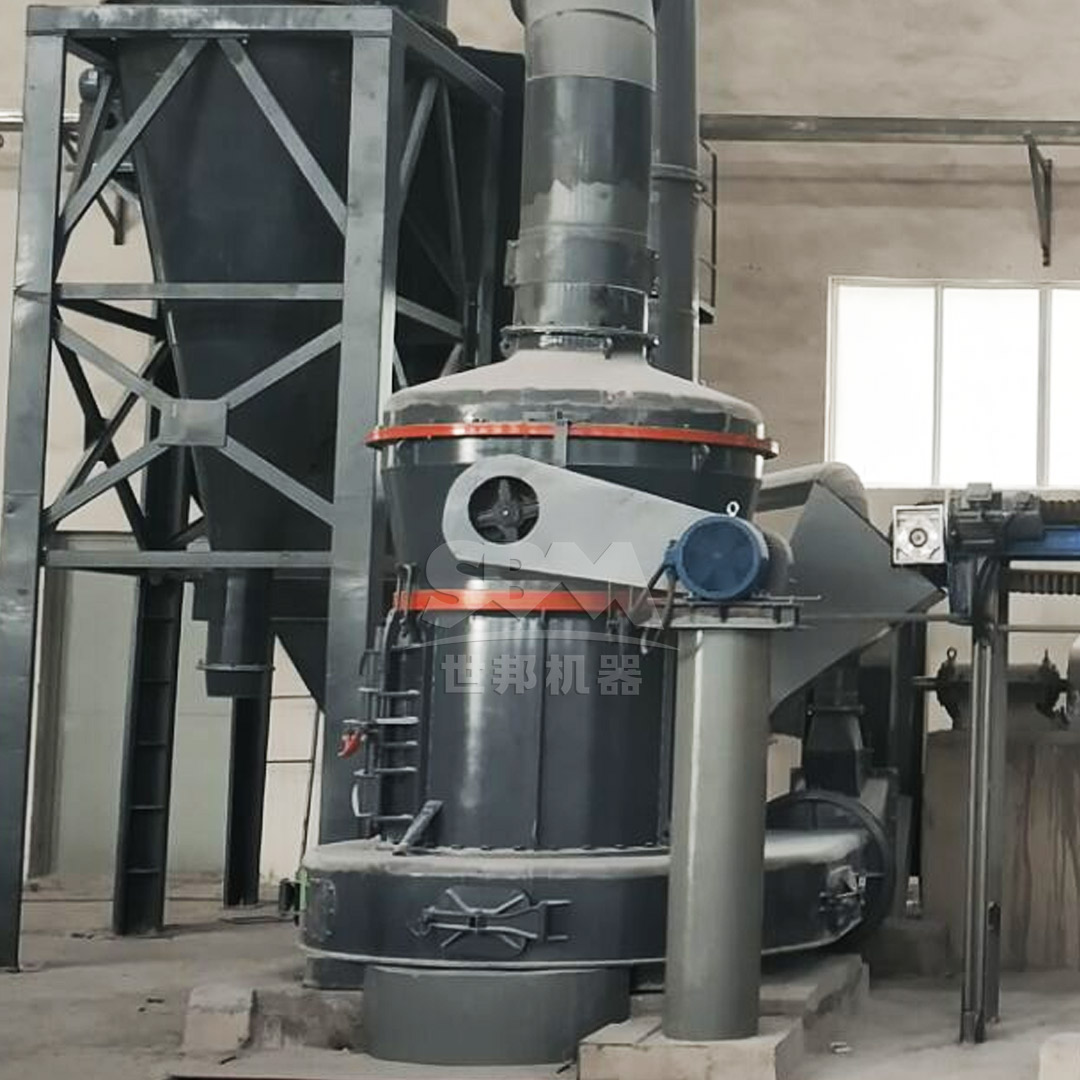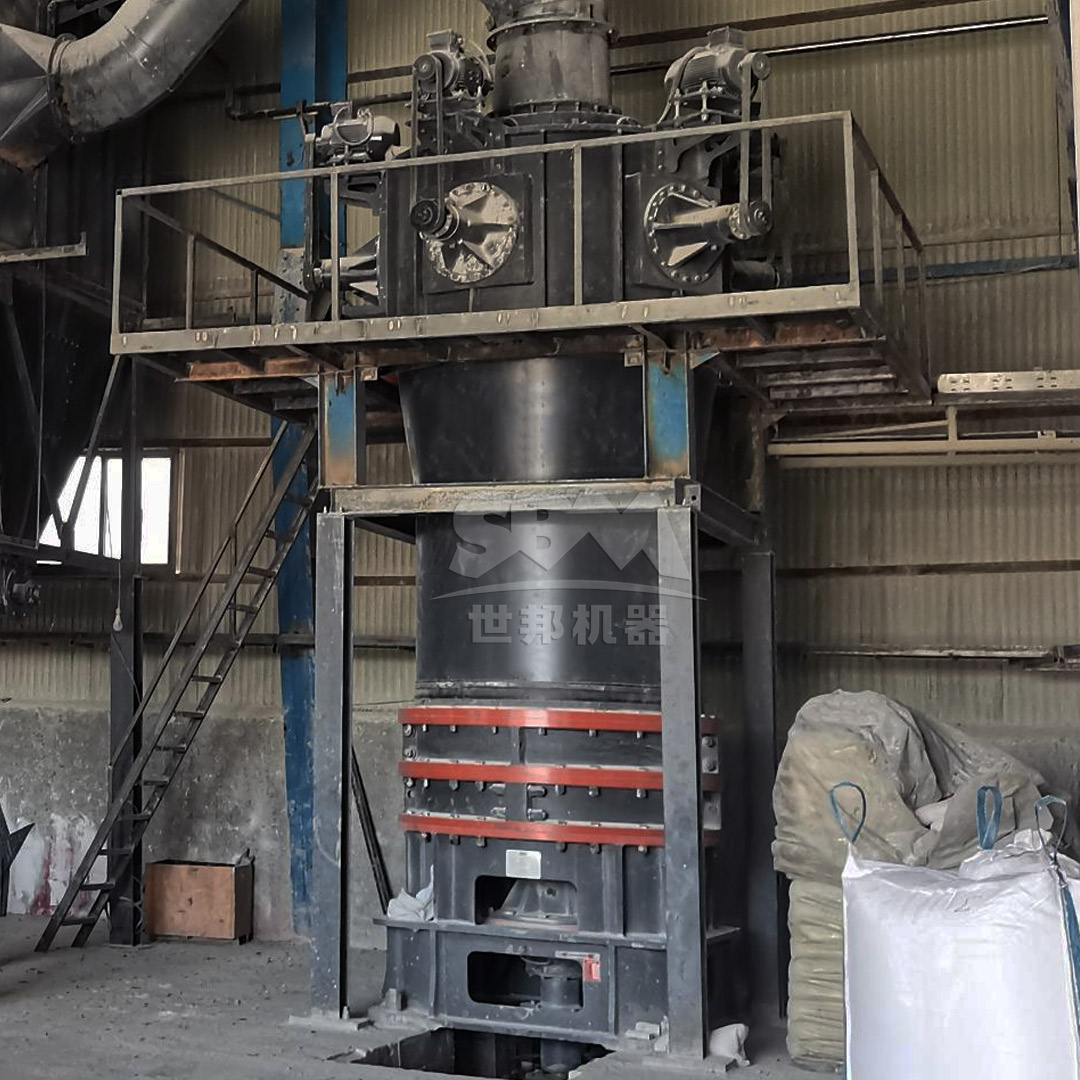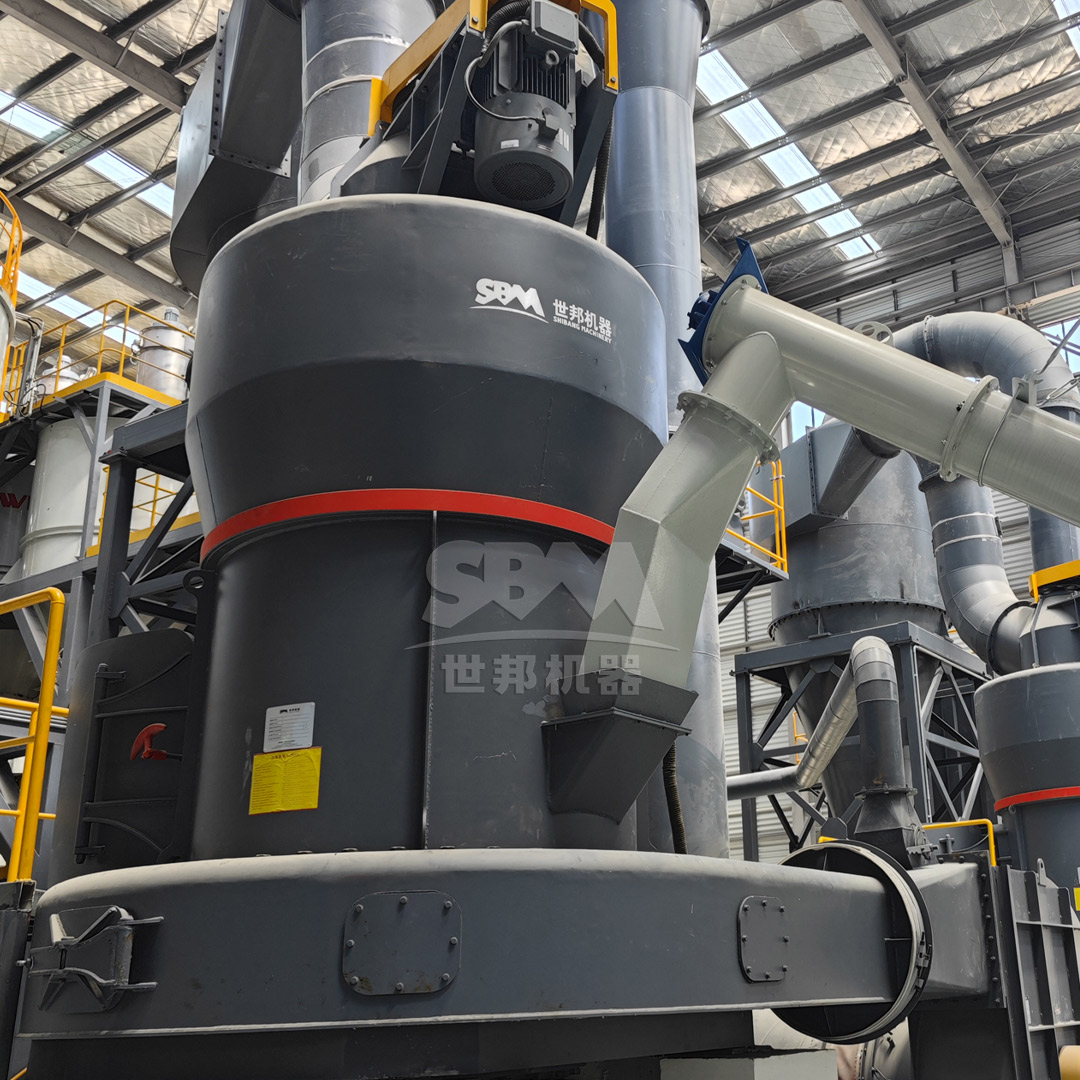The steel manufacturing industry faces increasing environmental regulations worldwide, particularly concerning sulfur dioxide (SO₂) emissions. Flue Gas Desulfurization (FGD) has emerged as the most effective technology for controlling these emissions, with limestone-based wet FGD systems representing over 80% of installed capacity globally. The efficiency of this process is fundamentally dependent on the quality and characteristics of the limestone powder used as the sorbent material.
Properly ground limestone with specific particle size distribution significantly enhances the desulfurization reaction kinetics, leading to higher SO₂ removal efficiency, reduced chemical consumption, and minimized waste generation. This article examines the technical requirements for limestone grinding in steel mill FGD applications and presents advanced grinding solutions that optimize the desulfurization process.

The effectiveness of limestone as a desulfurization agent is critically dependent on its particle size distribution. Research indicates that optimal FGD performance occurs with limestone powder having a D90 of 44 microns (325 mesh) or finer. Finer particles provide greater specific surface area, which accelerates the dissolution rate and enhances reaction with SO₂. However, excessively fine grinding increases energy consumption without proportional benefits, making the 325-2500 mesh range ideal for balancing performance and operational costs.
High-calcium limestone with minimal impurities is essential for efficient FGD operations. The calcium carbonate (CaCO₃) content should exceed 90%, with particular attention to minimizing magnesium, silica, and aluminum content, which can cause scaling, erosion, and reduced reactivity. The grinding process must maintain chemical composition without introducing contaminants from wear parts.
Steel mills require consistent and reliable limestone powder supply to maintain continuous FGD operation. Grinding systems must be sized according to the mill’s SO₂ generation rates, which typically range from 5-45 tons per hour for medium to large steel production facilities. The grinding equipment should maintain stable output with minimal fluctuation in product quality.
| Steel Production Capacity | Typical Limestone Grinding Requirement | Recommended Fineness |
|---|---|---|
| 1-2 million tons/year | 5-10 t/h | 325-800 mesh |
| 2-5 million tons/year | 10-25 t/h | 325-1250 mesh |
| 5-10 million tons/year | 25-45 t/h | 325-2500 mesh |
Vertical roller mills have become the preferred technology for large-scale limestone grinding in steel mills due to their high energy efficiency, reliability, and ability to produce consistent product quality. These systems integrate crushing, grinding, drying, and classification in a single compact unit, reducing footprint and auxiliary equipment requirements.
The grinding principle involves bed compression between rollers and rotating table, which is particularly efficient for medium-hard materials like limestone. Modern vertical mills incorporate advanced dynamic classifiers that enable precise control over product fineness, crucial for optimizing FGD performance.
For steel mills requiring superior desulfurization efficiency or dealing with high-sulfur fuels, ultrafine grinding systems producing powders in the 2500 mesh range (D97 ≤ 5μm) offer significant advantages. The increased specific surface area of ultrafine limestone dramatically improves dissolution rates and reaction kinetics, potentially increasing SO₂ removal efficiency by 5-15% compared to conventional FGD limestone.

For steel mills seeking to maximize desulfurization performance while minimizing operational costs, our SCM Series Ultrafine Mill represents the cutting edge in limestone grinding technology. Specifically engineered to produce the fine and consistent particle size distribution essential for advanced FGD systems, this mill delivers exceptional performance characteristics.
The SCM Ultrafine Mill achieves output fineness ranging from 325 to 2500 mesh (D97 ≤ 5μm), perfectly matching the requirements for high-efficiency desulfurization. Its unique grinding mechanism combines multiple grinding paths with precision classification to ensure uniform particle distribution without coarse fraction contamination.
With capacity options from 0.5 to 25 tons per hour across different models, the SCM series can be precisely matched to the specific requirements of any steel production facility. The system’s energy efficiency is particularly noteworthy, consuming approximately 30% less power compared to conventional grinding systems while delivering twice the output of jet mills.
The vertical turbine classifier system provides exceptional control over product fineness, allowing operators to fine-tune limestone specifications according to changing fuel sulfur content or emission requirements. The intelligent control system automatically maintains target particle size distribution through continuous monitoring and adjustment, ensuring consistent FGD performance.
Durability considerations are paramount in continuous industrial applications. The SCM mill incorporates special alloy grinding rollers and rings with service life extended several times compared to conventional materials. The innovative bearing-free screw grinding chamber design enhances operational stability and reduces maintenance requirements.
| Model | Capacity (t/h) | Main Motor Power | Output Fineness | Suitable Steel Mill Size |
|---|---|---|---|---|
| SCM800 | 0.5-4.5 | 75 kW | 325-2500 mesh | Small to medium |
| SCM1000 | 1.0-8.5 | 132 kW | 325-2500 mesh | Medium |
| SCM1250 | 2.5-14 | 185 kW | 325-2500 mesh | Medium to large |
| SCM1680 | 5.0-25 | 315 kW | 325-2500 mesh | Large integrated mills |
For steel mills with standard desulfurization requirements or budget considerations, our MTW Series Trapezium Mill offers an excellent balance of performance, reliability, and operational economy. This robust grinding system produces limestone powder in the 30-325 mesh range with capacities from 3 to 45 tons per hour, suitable for the majority of FGD applications.
The MTW mill incorporates several patented technologies that enhance its suitability for steel mill environments. The combined shovel blade design significantly reduces maintenance costs while the curved air channel optimization minimizes energy losses and improves material transport efficiency. The integrated bevel gear transmission system achieves remarkable 98% transmission efficiency while saving installation space.
Durability features include specially designed wear-resistant components throughout the grinding chamber and classification system. The abrasion-resistant volute structure with unobstructed design enhances air classification efficiency while reducing maintenance costs by approximately 30% compared to conventional designs.
The MTW mill’s operational characteristics align perfectly with steel mill requirements for continuous, trouble-free operation. Models ranging from MTW110 to MTW215G provide capacity matching for various production scales, while the comprehensive dust collection system ensures environmental compliance with emission standards.
Quick-adjustment features allow operators to modify product fineness according to changing process conditions, while the intelligent control system minimizes operator intervention requirements. The mill’s high reliability and minimal maintenance needs make it particularly suitable for integration with critical steel production processes where unexpected downtime carries significant financial implications.

Proper preparation of limestone feedstock is essential for optimizing grinding system performance and longevity. Crushers should reduce raw limestone to the appropriate feed size (typically ≤20mm for ultrafine mills, ≤50mm for trapezium mills) while removing metallic contaminants that could damage grinding components. Automated feeding systems with metal detectors and tramp iron protection should be incorporated to prevent equipment damage.
Efficient collection of ground limestone is critical for system performance. Modern pulse-jet baghouse filters with collection efficiency exceeding 99.9% are recommended to meet stringent emission standards. The collected limestone powder should be transported to storage silos using mechanical or pneumatic conveying systems designed to minimize degradation or segregation of the fine product.
Advanced control systems are essential for maintaining consistent limestone quality. Modern grinding plants should incorporate PLC-based control systems with HMI interfaces for monitoring critical parameters including motor loads, bearing temperatures, pressure differentials, and product fineness. Integration with the steel mill’s distributed control system allows coordinated operation with the FGD system and power plant.
Advanced grinding systems significantly lower the operating costs of FGD systems through multiple mechanisms. Higher reactivity of properly ground limestone reduces chemical consumption, while energy-efficient grinding technology minimizes power requirements. Reduced waste generation through optimized utilization and decreased maintenance requirements further contribute to operational economy.
Modern limestone grinding plants incorporate comprehensive environmental protection features. Advanced dust collection systems ensure particulate emissions remain below regulatory limits, while sound insulation measures maintain noise levels within acceptable ranges. The efficient utilization of limestone resources minimizes waste generation and supports circular economy principles.
Properly designed limestone grinding systems enable steel mills to consistently meet increasingly stringent emission regulations. The ability to produce limestone powder with optimized characteristics ensures high SO₂ removal efficiency across varying operating conditions, providing compliance assurance while maximizing operational flexibility.
The selection and implementation of appropriate limestone grinding technology is a critical decision for steel mills implementing or upgrading FGD systems. Advanced grinding solutions like the SCM Ultrafine Mill and MTW Trapezium Mill provide steel producers with reliable, efficient, and economically viable options for producing high-quality limestone sorbent. By matching grinding technology to specific operational requirements and environmental objectives, steel mills can achieve optimal desulfurization performance while controlling capital and operating costs.
As environmental regulations continue to tighten globally, investment in modern limestone grinding infrastructure represents not only a compliance measure but also an opportunity to enhance operational efficiency and sustainability. The continuous innovation in grinding technology ensures that steel producers have access to increasingly sophisticated solutions that address both current and future challenges in flue gas desulfurization.